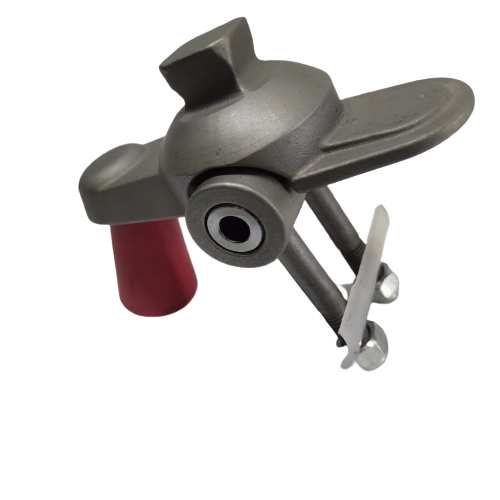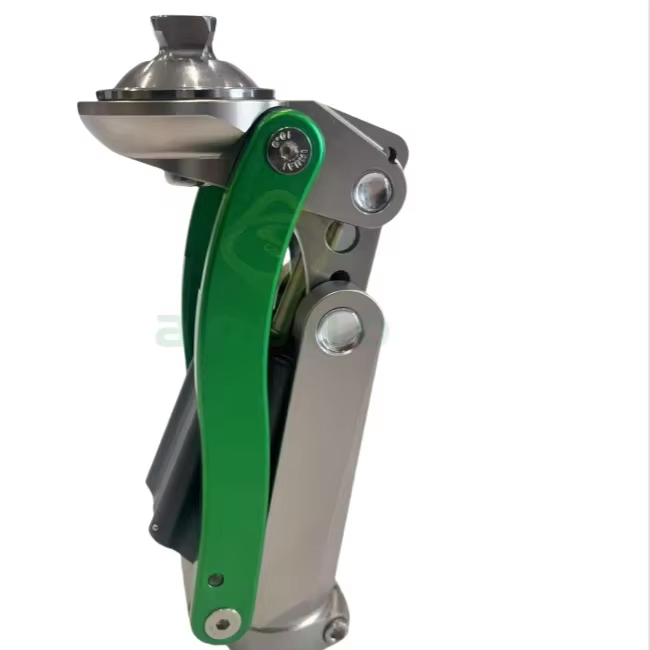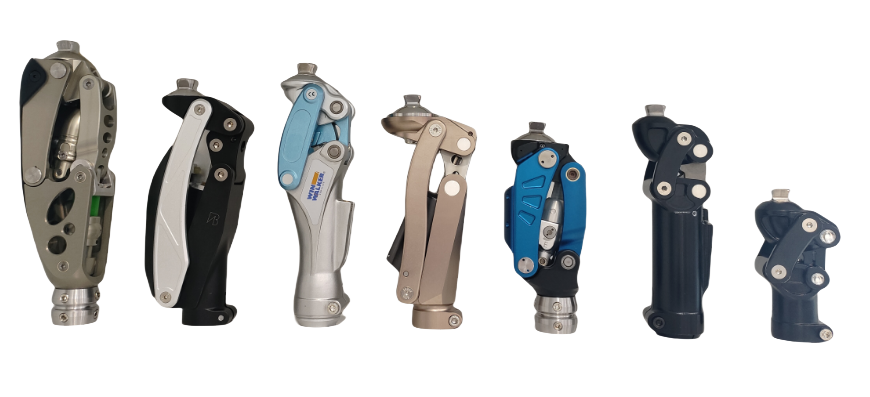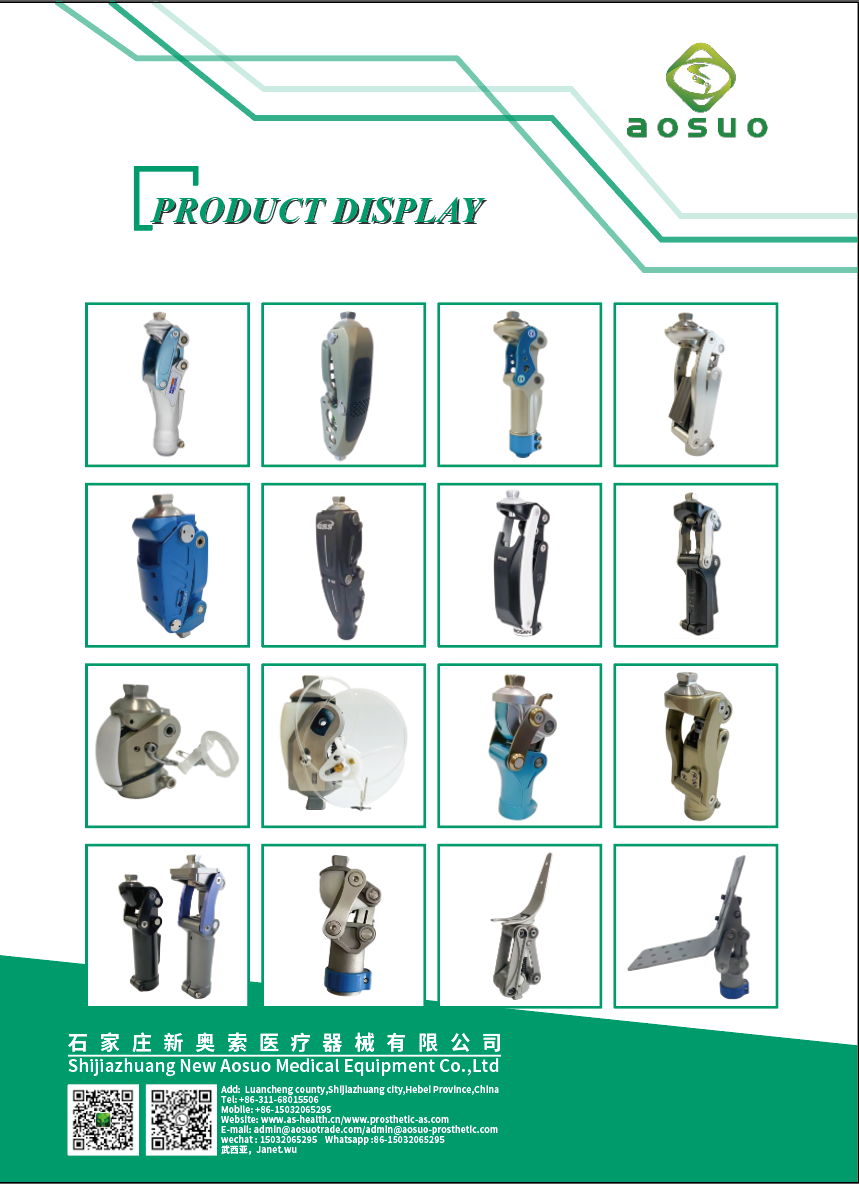The Crucial Role of Prosthetic Orthosis in Enhancing Post-Surgery Recovery
Release Time:
Aug 17,2025
The Crucial Role of Prosthetic Orthosis in Enhancing Post-Surgery Recovery Recovery from surgery can be a challenging journey, often requiring extensive rehabilitation and support. One of the most significant advancements in post-surgery care is the use of prosthetic orthoses. These devices provide essential support, improve mobility, and can dramatically enhance a patient's quality of life. In th
The Crucial Role of Prosthetic Orthosis in Enhancing Post-Surgery Recovery
Recovery from surgery can be a challenging journey, often requiring extensive rehabilitation and support. One of the most significant advancements in post-surgery care is the use of prosthetic orthoses. These devices provide essential support, improve mobility, and can dramatically enhance a patient's quality of life. In this article, we will explore the various aspects of prosthetic orthosis, their applications, and their impact on post-surgery recovery.
Table of Contents
1. Understanding Prosthetic Orthoses
2. The Importance of Post-Surgery Rehabilitation
3. Types of Prosthetic Orthoses and Their Applications
3.1. Lower Limb Orthoses
3.2. Upper Limb Orthoses
3.3. Spinal Orthoses
4. Benefits of Using Prosthetic Orthoses in Recovery
4.1. Enhanced Mobility and Independence
4.2. Pain Management and Comfort
4.3. Psychological and Emotional Support
5. The Fitting and Adjustment Process
6. Challenges and Considerations in Prosthetic Use
7. Future Trends in Prosthetic Orthotic Technology
8. Frequently Asked Questions
9. Conclusion
1. Understanding Prosthetic Orthoses
Prosthetic orthoses are custom-fitted devices that assist individuals with mobility limitations due to injury, surgery, or deformities. These devices can be categorized into two primary functions: prosthetics, which replace missing limbs, and orthotics, which support existing limbs. Both types of devices play a critical role in facilitating recovery and restoring functionality.
2. The Importance of Post-Surgery Rehabilitation
Post-surgery rehabilitation is vital for a successful recovery. It helps patients regain strength, flexibility, and independence. Effective rehabilitation plans typically include physical therapy, occupational therapy, and the use of medical devices such as prosthetic orthoses. These elements work together to ensure a comprehensive recovery process.
3. Types of Prosthetic Orthoses and Their Applications
Prosthetic orthoses come in various forms, each designed to address specific needs. Understanding these types can help patients and healthcare providers choose the right solution for optimal recovery.
3.1. Lower Limb Orthoses
Lower limb orthoses are commonly used for patients who have undergone surgery on the legs or hips. These devices can stabilize the knee and ankle, providing support during the healing process. They are particularly beneficial for patients recovering from knee replacements or fractures.
3.2. Upper Limb Orthoses
Upper limb orthoses are designed to assist patients recovering from shoulder, arm, or wrist surgeries. These devices can help immobilize the affected area while allowing for gradual movement and rehabilitation. They are crucial in preventing complications and ensuring proper alignment during recovery.
3.3. Spinal Orthoses
Spinal orthoses support the spine and reduce pressure on the back during recovery from surgeries such as spinal fusion or discectomy. These devices help maintain proper posture and alignment, which is essential for healing and pain management.
4. Benefits of Using Prosthetic Orthoses in Recovery
The integration of prosthetic orthoses into the rehabilitation process offers numerous advantages, greatly impacting patient outcomes.
4.1. Enhanced Mobility and Independence
One of the most significant benefits of prosthetic orthoses is the enhancement of mobility. These devices allow patients to engage in daily activities with greater ease, promoting independence during the recovery phase.
4.2. Pain Management and Comfort
Prosthetic orthoses are designed to provide support and alleviate pain. By offloading pressure from affected areas, these devices help manage discomfort and facilitate a more pleasant recovery experience.
4.3. Psychological and Emotional Support
Using prosthetic orthoses can boost a patient's confidence and self-esteem. The ability to move more freely and engage in social activities positively impacts mental health, enabling patients to focus on their recovery journey.
5. The Fitting and Adjustment Process
Fitting a prosthetic orthosis is a critical step in the recovery process. Healthcare professionals work closely with patients to ensure the devices are comfortable and effective. This process includes a thorough assessment of the patient's needs, custom fittings, and ongoing adjustments as healing progresses.
6. Challenges and Considerations in Prosthetic Use
While prosthetic orthoses offer many benefits, some challenges can arise. Patients may experience discomfort or difficulty adjusting to their new devices. Ongoing support from healthcare professionals is essential to address these issues and ensure successful adaptation.
7. Future Trends in Prosthetic Orthotic Technology
Advancements in technology are leading to innovative designs and functionalities in prosthetic orthoses. Future trends may include smart devices equipped with sensors and connectivity features that enhance user experience and improve rehabilitation outcomes.
8. Frequently Asked Questions
What is the difference between prosthetics and orthotics?
Prosthetics replace missing limbs, while orthotics provide support to existing limbs.
How long does it take to adjust to a prosthetic orthosis?
Adjustment time varies by individual, but many patients begin to feel comfortable within a few weeks with proper guidance and support.
Can prosthetic orthoses be used for all types of surgeries?
Not all surgeries require prosthetic orthoses, but they are beneficial for many orthopedic procedures that affect mobility.
What are the costs associated with prosthetic orthoses?
Costs can vary widely based on the type of device, materials used, and customization required. Insurance coverage may help offset some expenses.
Are there any activities I should avoid while using a prosthetic orthosis?
It's essential to consult with a healthcare provider for personalized advice, but high-impact activities may need to be limited initially.
9. Conclusion
Prosthetic orthoses play a vital role in the post-surgery recovery process, offering essential support and enhancing patients' quality of life. By understanding the various types of prosthetic orthoses and their benefits, patients and healthcare providers can make informed decisions that promote successful rehabilitation. As technology continues to evolve, the future of prosthetic orthotic devices looks promising, paving the way for enhanced patient outcomes and improved recovery experiences.
Keywords:
You Can Also Learn More About Industry Trends







